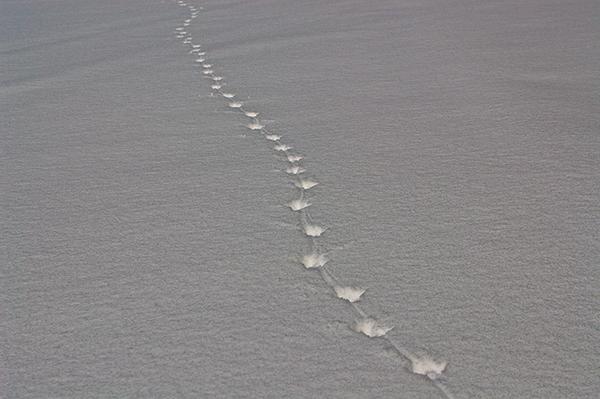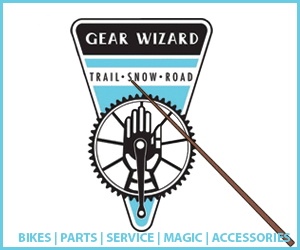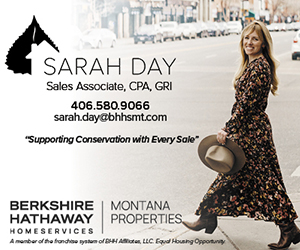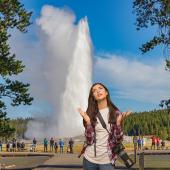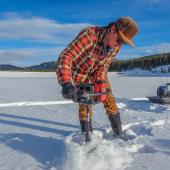Common Winter Forest Tracks
There's a distinct sense of adventure in following animal tracks in the snow, and winter is probably the best time for developing your tracking skills. As soon as the ground is covered in a continuous blanket of snow, don your snowshoes or skis and look for the hallmark signs of several common and familiar animals.
Tracking is more than identifying individual footprints; other clues can often be much more helpful. Indeed, under loose snow conditions, you may be hard-pressed to identify an individual footprint. Instead, first look at the track pattern, which can immediately indicate family relationships (remember fifth-grade science: Kingdom-Phylum-Class-Order-Family-Genus-Species). Once you've determined the family, then look at the size and track spacing to identify the individual species. For example, moose, elk, and mule deer are all in the deer family (Cervidae), have cloven hooves, and generally the same gait or track pattern; however, distance between tracks and width of straddle can be very different among the three due to dramatic variations in body size. Carry a tape measure to accurately determine these dimensions. Most importantly, note that the pattern, and not the individual footprint, is most helpful.
Other times, environment will be the identifier. All rabbit family members have the same track pattern—two large, evenly spaced prints which straddle a centerline, followed by two prints almost in line, slightly offset—but if you're high enough in altitude, and near a forest, you can be confident that you're looking at the track of a snowshoe hare.
Other track patterns to look for are those of the weasel family. In snow, all members of the weasel family (Mustelidae) leave a pattern of two tracks close together at even intervals. Weasels lope through deep snow. The rear feet land in exactly the same spot that the front feet just vacated. In Montana, look for tracks of the long-tailed weasel (or ermine) and pine marten. Both leave meandering trails that are particularly fun to follow. Often they dive directly into the snow, leaving a tunnel, only to emerge elsewhere. The long-tailed weasel's track typically meanders more than others, and may even loop back upon itself.
The snowshoe hare, weasel, and pine martin can often exist near commercial ski hills, so watch for them from the lift. At Bridger Bowl, you'll often see the tracks of the red squirrel, another common small animal. Take a look at the pattern and size of the tracks of all these animals in a field guide, watch for them in the snow, and you'll notice them forever.


